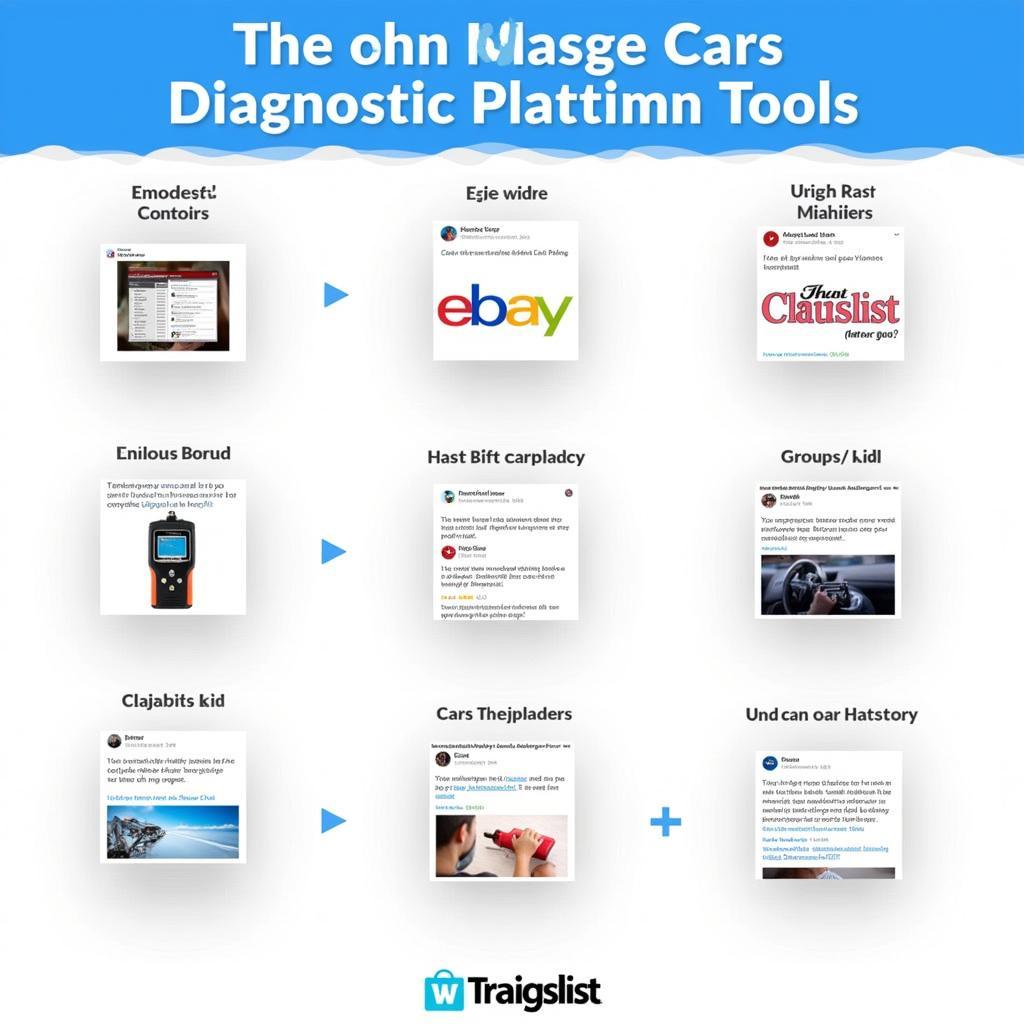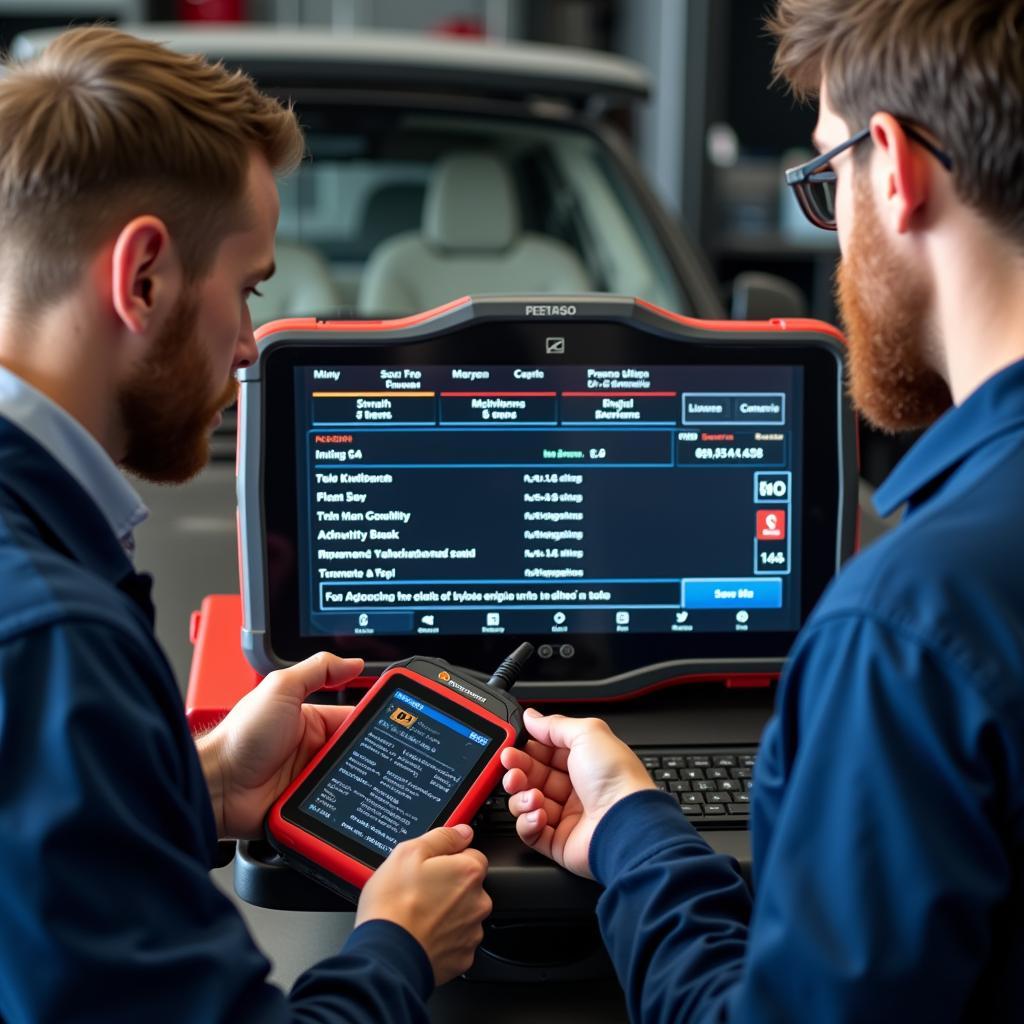Finding the right Bmw E39 Diagnostic Tool can feel like navigating a maze. Whether you’re a seasoned mechanic or a DIY enthusiast, having the correct diagnostic equipment is crucial for effectively troubleshooting and maintaining your E39. This article will guide you through the process of selecting the perfect BMW E39 diagnostic tool to meet your specific needs.
Understanding Your E39 Diagnostic Needs
Before diving into the world of BMW E39 diagnostic tools, it’s important to understand your individual requirements. Are you looking for a simple code reader to check engine lights, or do you need a more advanced scanner capable of performing bi-directional tests and coding? Identifying your needs will help narrow down the options and ensure you invest in the right tool. For basic diagnostics, a simpler, more affordable option might suffice. But for more in-depth analysis and control, a professional-grade tool is a must-have.
Types of BMW E39 Diagnostic Tools
Several types of diagnostic tools are available for the BMW E39, each with its own set of features and capabilities. These range from basic code readers to sophisticated software and hardware combinations. Understanding the differences between these tools will help you make an informed decision.
Basic Code Readers
Basic code readers are entry-level diagnostic tools designed primarily to retrieve and clear diagnostic trouble codes (DTCs). These are a great starting point for DIYers looking to understand why their check engine light is on. While they offer a cost-effective solution for basic diagnostics, they typically lack the advanced features found in higher-end scanners.
OBD-II Scanners
OBD-II scanners offer more functionality than basic code readers, including the ability to view live data streams, monitor sensor readings, and perform some limited tests. They are a good option for those who want more information than just DTCs, but don’t require the full capabilities of a professional-grade tool.
BMW-Specific Scanners
BMW-specific scanners are designed specifically for BMW vehicles and offer enhanced functionality for diagnosing and troubleshooting issues related to the E39’s unique systems. These tools can access more modules, provide more detailed information, and often include features like coding and programming.
Professional-Grade Diagnostic Software and Hardware
For professional mechanics and serious enthusiasts, professional-grade diagnostic software and hardware offer the most comprehensive diagnostic capabilities. These systems typically combine a powerful software suite with a dedicated hardware interface, providing access to all vehicle modules, advanced diagnostics, and coding functions.
Key Features to Consider
When choosing a BMW E39 diagnostic tool, several key features should be considered:
- Code Reading and Clearing: All diagnostic tools should be able to read and clear DTCs.
- Live Data Streaming: This feature allows you to monitor sensor readings in real-time, which can be invaluable for diagnosing intermittent problems.
- Bi-Directional Control: This allows you to activate specific components, such as actuators and relays, to test their functionality.
- Coding and Programming: This feature is essential for performing tasks like resetting adaptations, registering batteries, and programming new modules.
- User Interface: A user-friendly interface makes the tool easier to use and navigate.
- Software Updates: Regular software updates ensure that the tool is compatible with the latest BMW software and includes the latest diagnostic information.
Choosing the Right Tool for Your Needs
“Choosing the right diagnostic tool depends on your specific needs and technical skills,” says Jake Thompson, Lead Automotive Diagnostic Technician at Bavarian Motor Works Specialists. “For DIYers, a good OBD-II scanner might suffice. However, professionals should invest in a dedicated BMW-specific scanner or professional-grade software.”
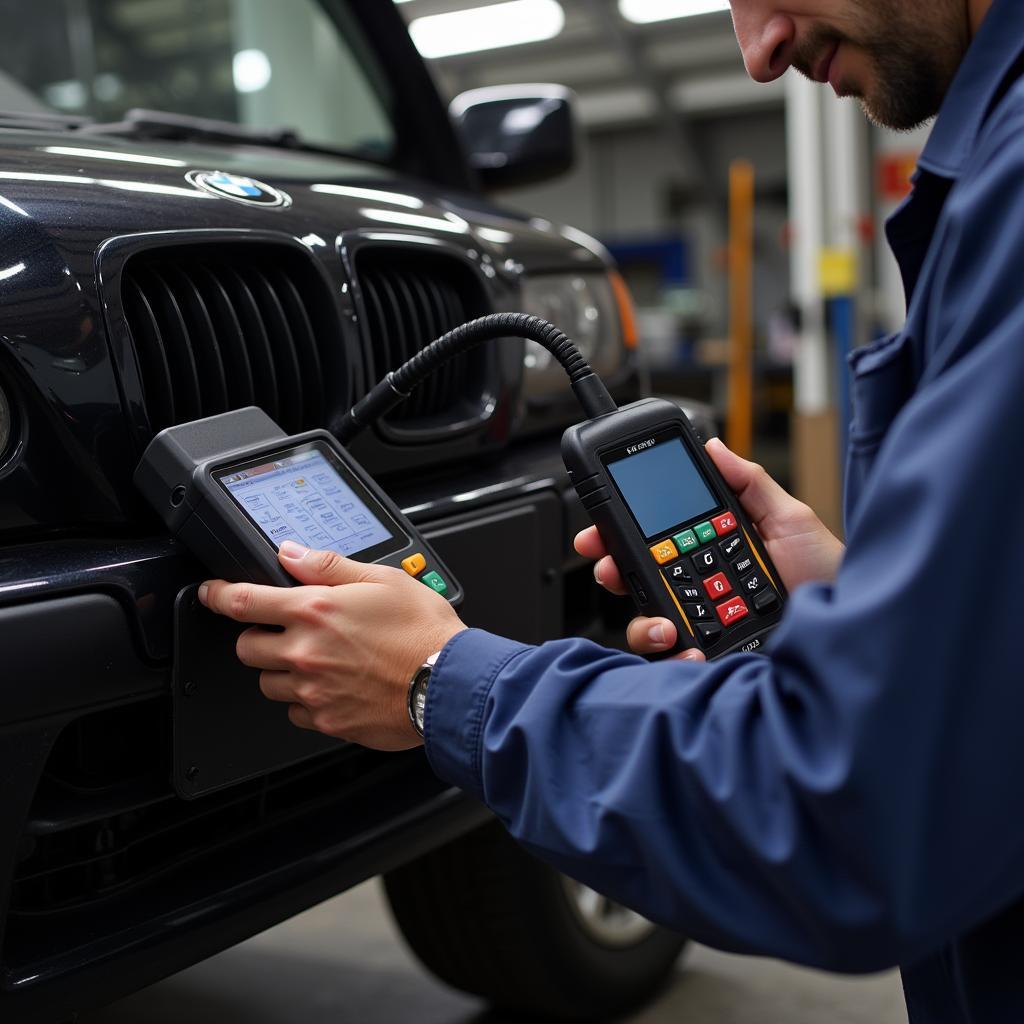 Using an OBD-II Scanner on a BMW E39
Using an OBD-II Scanner on a BMW E39
Why Invest in a Quality Diagnostic Tool?
Investing in a quality diagnostic tool can save you time and money in the long run. By quickly and accurately diagnosing problems, you can avoid unnecessary repairs and downtime. A good diagnostic tool can also empower you to perform routine maintenance and repairs yourself, further reducing costs.
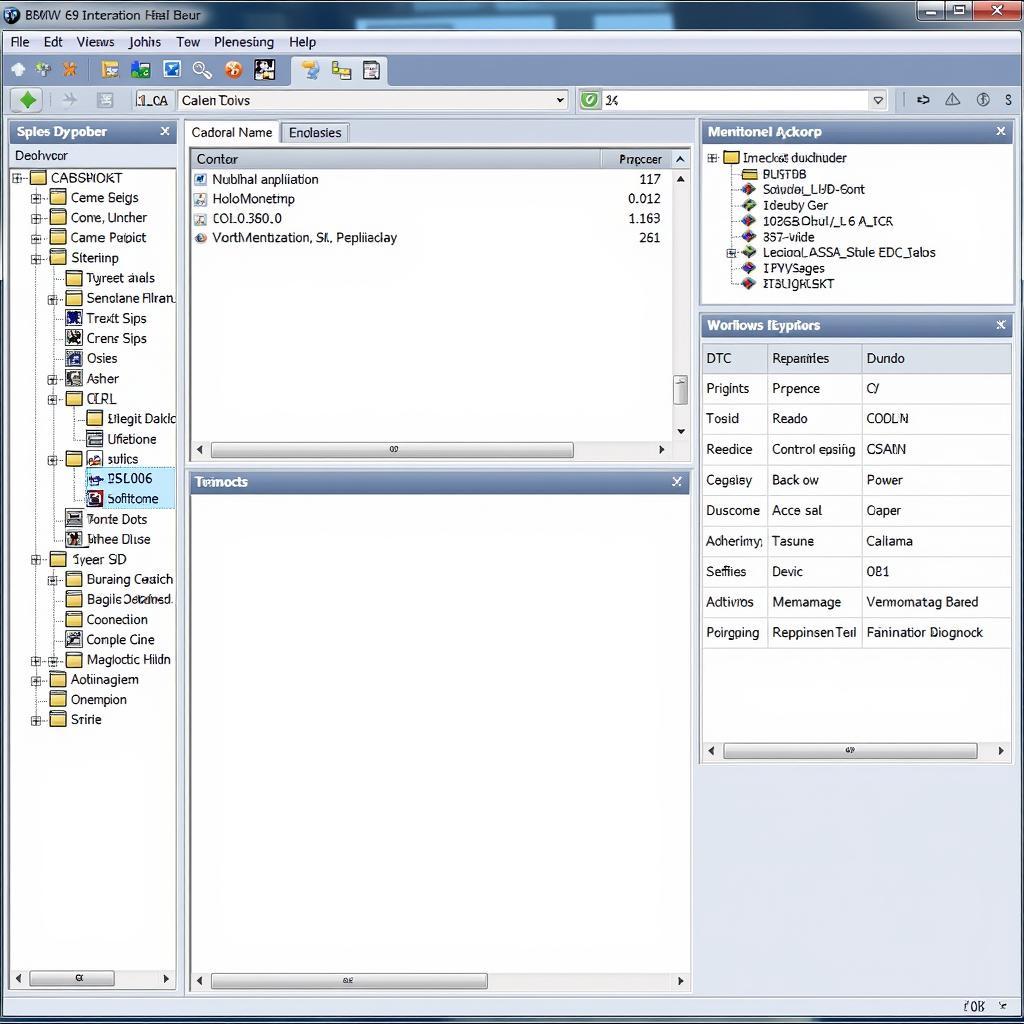 BMW E39 Diagnostic Software Interface
BMW E39 Diagnostic Software Interface
“A quality diagnostic tool is like having a window into your car’s soul,” says Maria Sanchez, Senior Automotive Software Engineer. “It can reveal hidden issues and provide invaluable insights into your E39’s performance.”
Conclusion
Choosing the right BMW E39 diagnostic tool is essential for effectively maintaining and troubleshooting your vehicle. By understanding your needs and considering the key features, you can select the perfect tool to keep your E39 running smoothly. For further assistance and personalized recommendations, feel free to contact us at ScanToolUS at +1 (641) 206-8880 or visit our office at 1615 S Laramie Ave, Cicero, IL 60804, USA.
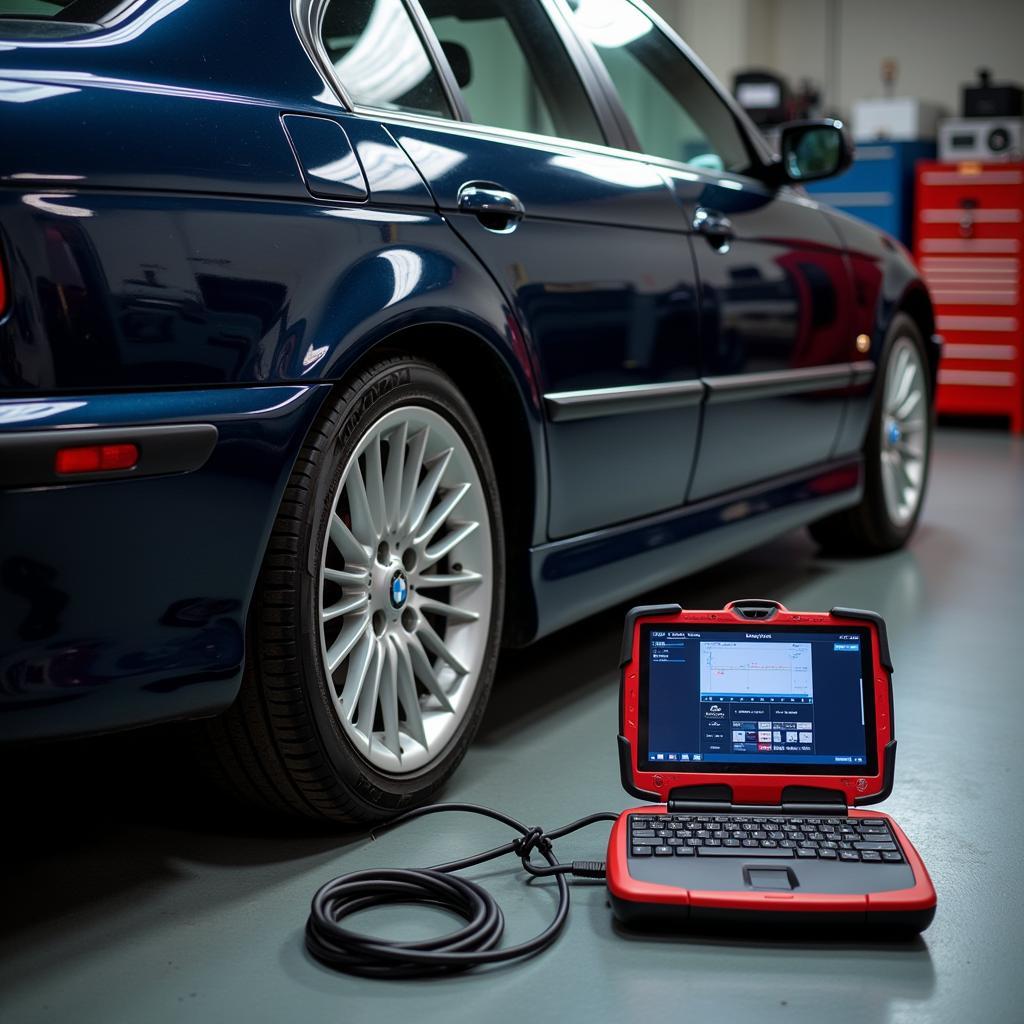 BMW E39 Connected to Professional Diagnostic Equipment
BMW E39 Connected to Professional Diagnostic Equipment
FAQ:
- What is the best BMW E39 diagnostic tool for a beginner?
- Can I code my BMW E39 with a diagnostic tool?
- What is the difference between an OBD-II scanner and a BMW-specific scanner?
- Where can I buy a reliable BMW E39 diagnostic tool?
- How often should I update my diagnostic software?
- Can a diagnostic tool help me diagnose transmission problems?
- What are some common problems that can be diagnosed with a BMW E39 diagnostic tool?

